Money - what is it, where does it come from, and who benefits from it?
Welcome to an exploration of one of the most fundamental concepts everyone is in contact with from a very early age - money.
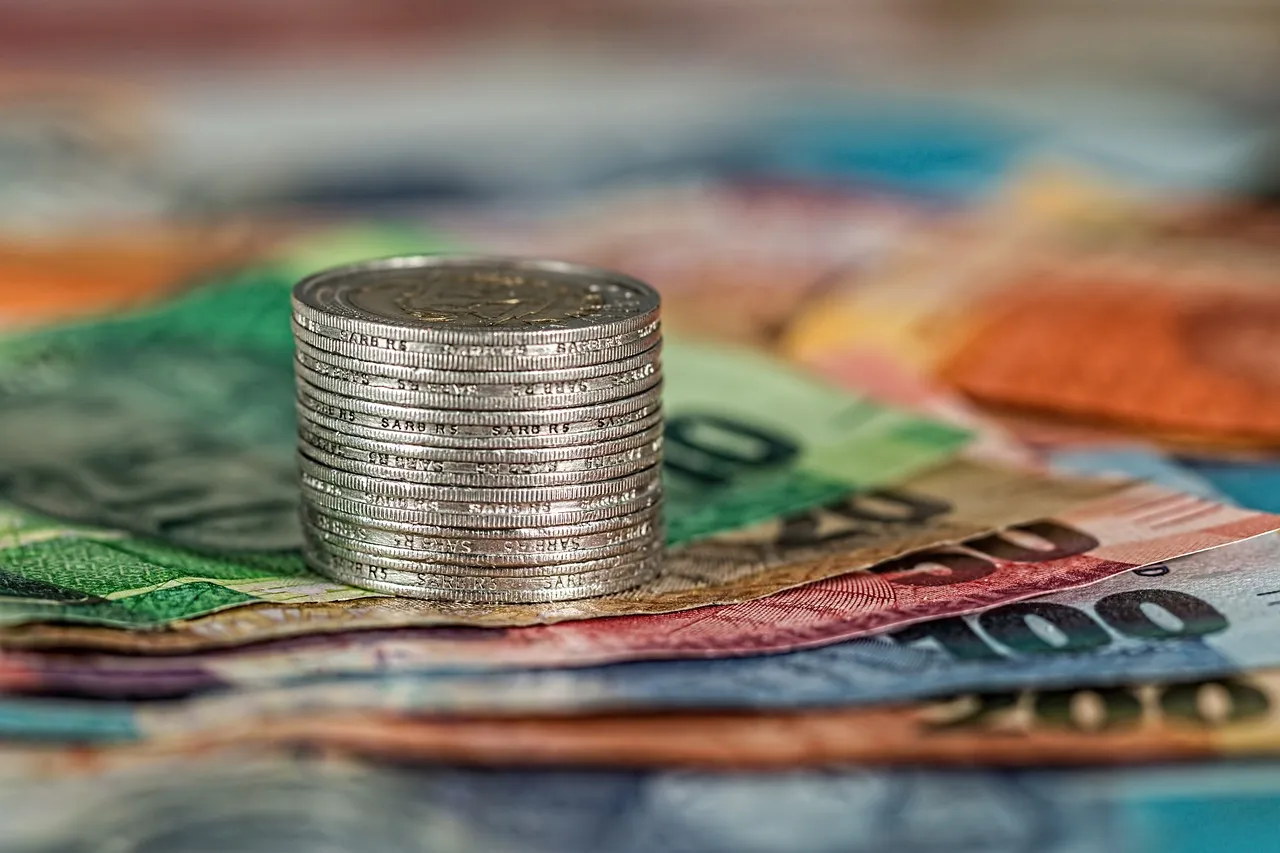
source
What is money?
Money is a medium of exchange that is accepted for transactions (buying and selling) of goods and services. The purpose of money is the ease of use and efficient transactions, instead of exchanging goods for other goods (also known as the barter system).
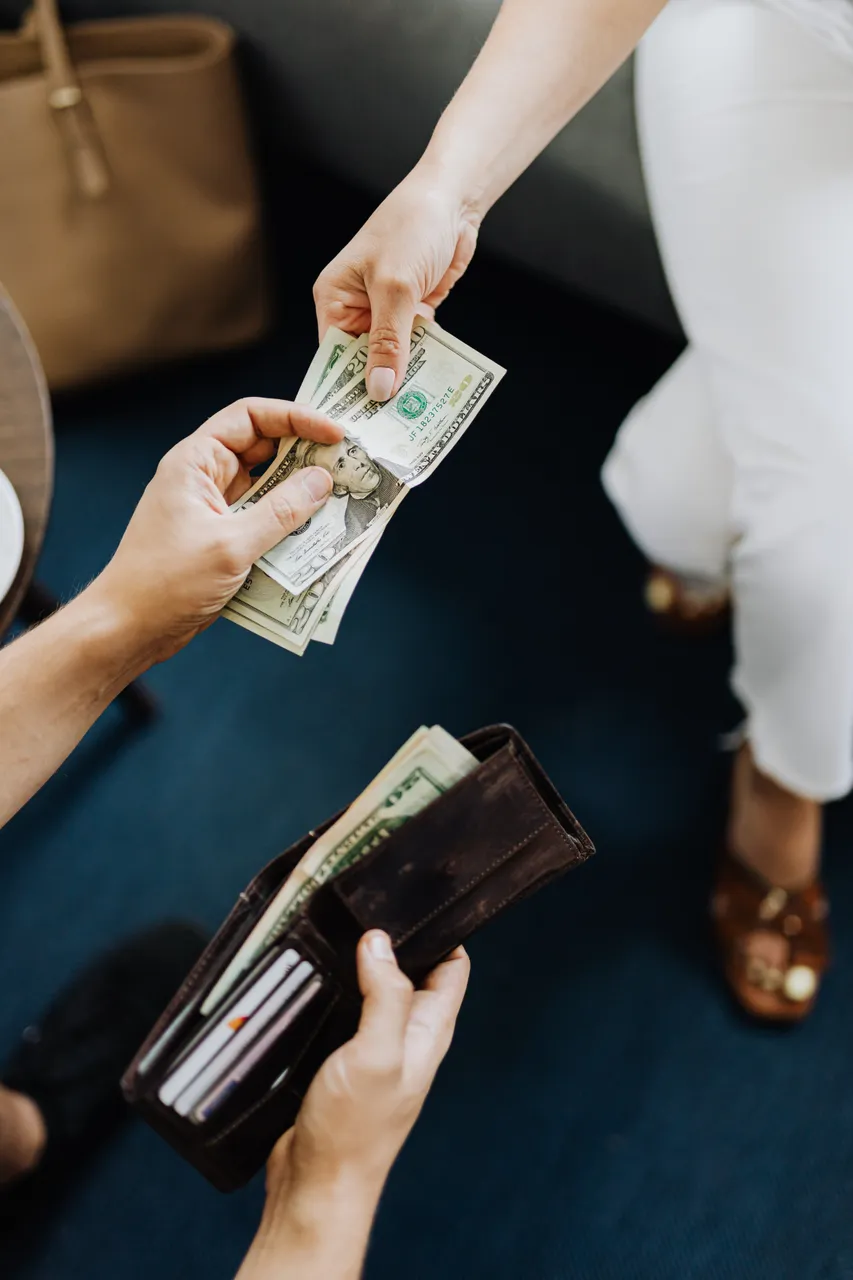
source
Another important aspect of money is the so-called “unit of account”, it provides a unit of measure for other goods and services and easier comparison. In the same way that the inches and centimeters are the unit of measure of height or length.
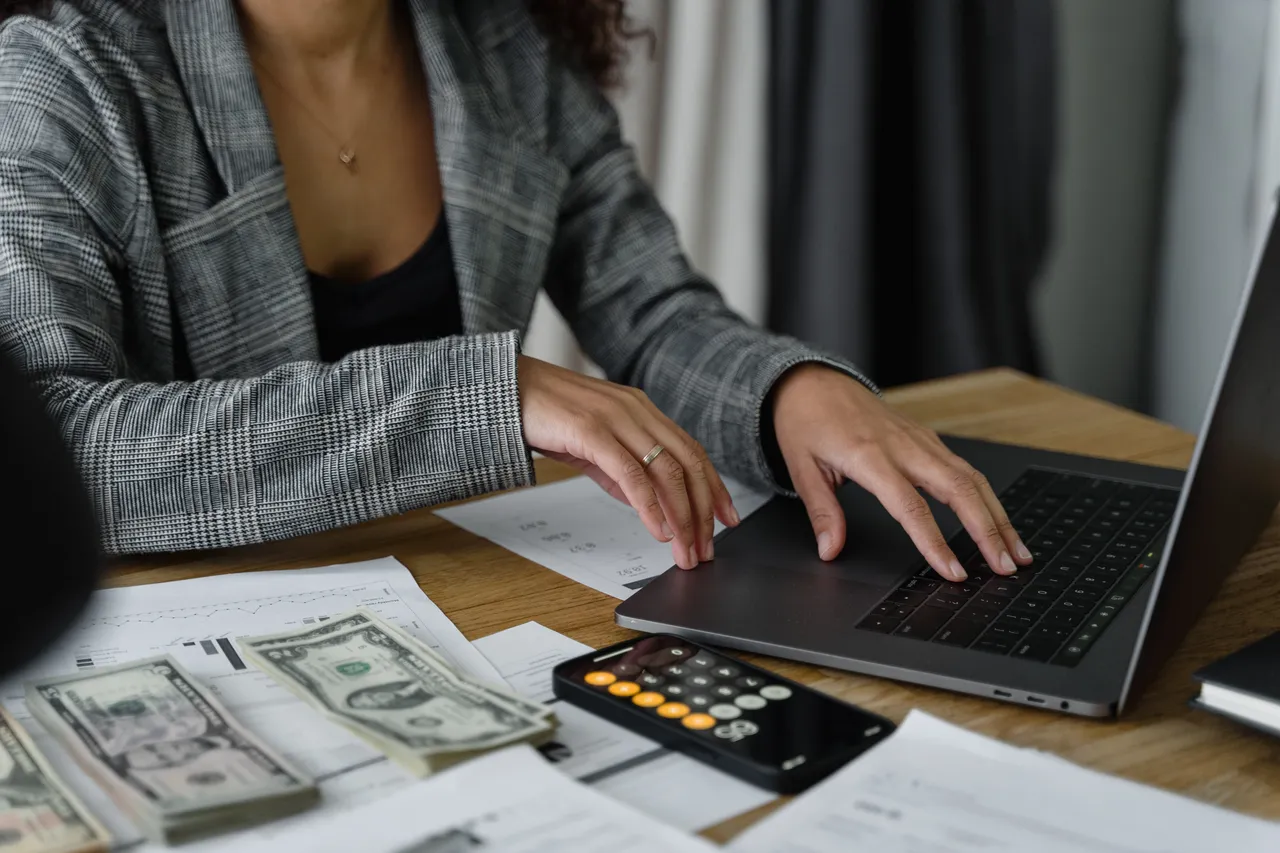
source
Finally, money is a store of value - in other words, it retains its value if it’s not spent immediately and can be stored and saved for future transactions.
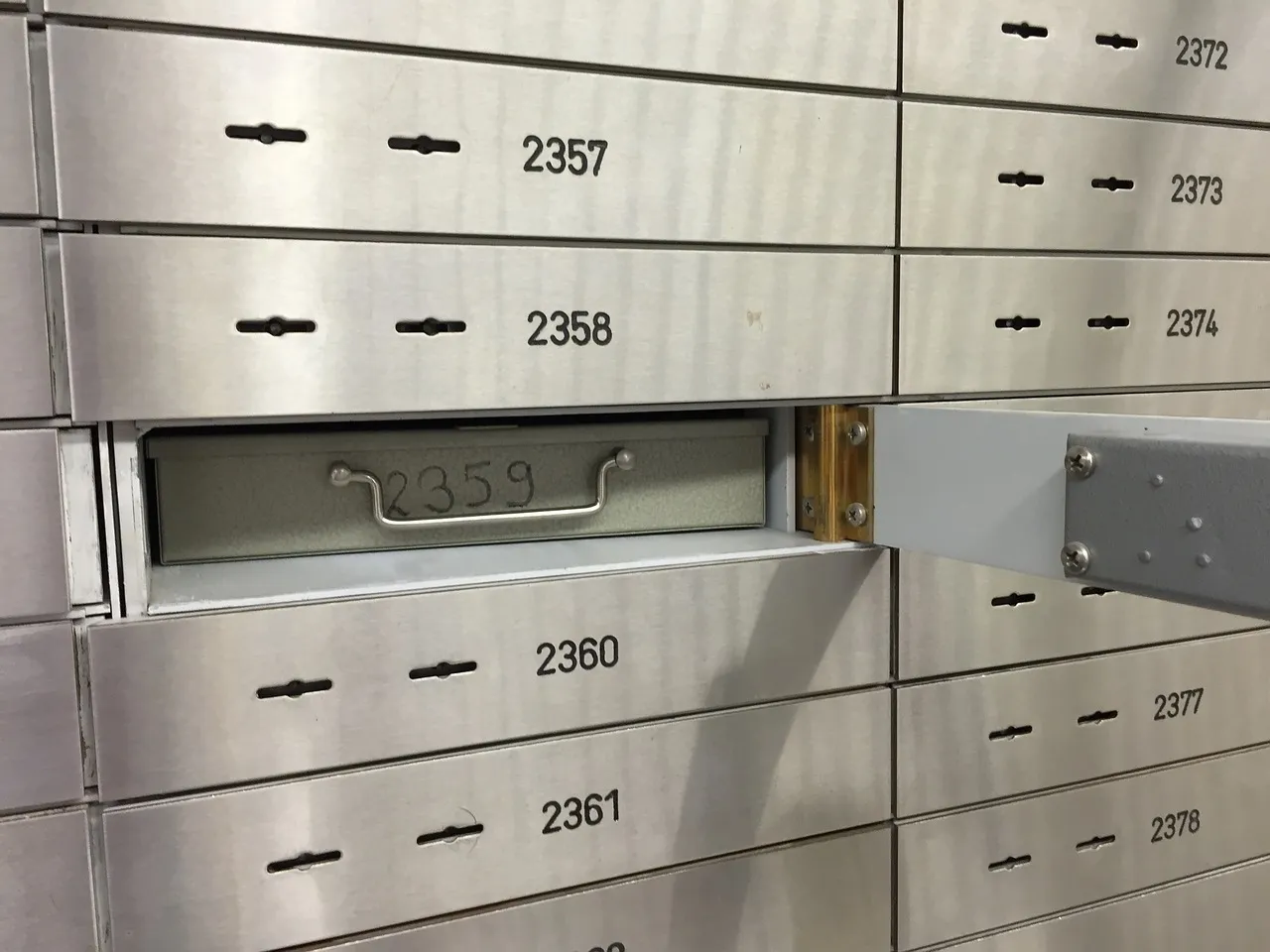
source
Now that we know that money is a medium of exchange, that is used as a unit of account and a store of value, the question is…
What types of money exist?
Fiat - is money that has value because a government established it as legal tender ($ in USA, € in EU, £ in UK, etc.). Imagine all the papers and coins you have in your wallet - that is fiat money. Fun fact, we use the word fiat, because it comes from latin and was used for centuries to represent an authoritative order, in other words - the only value it has is the government saying so.
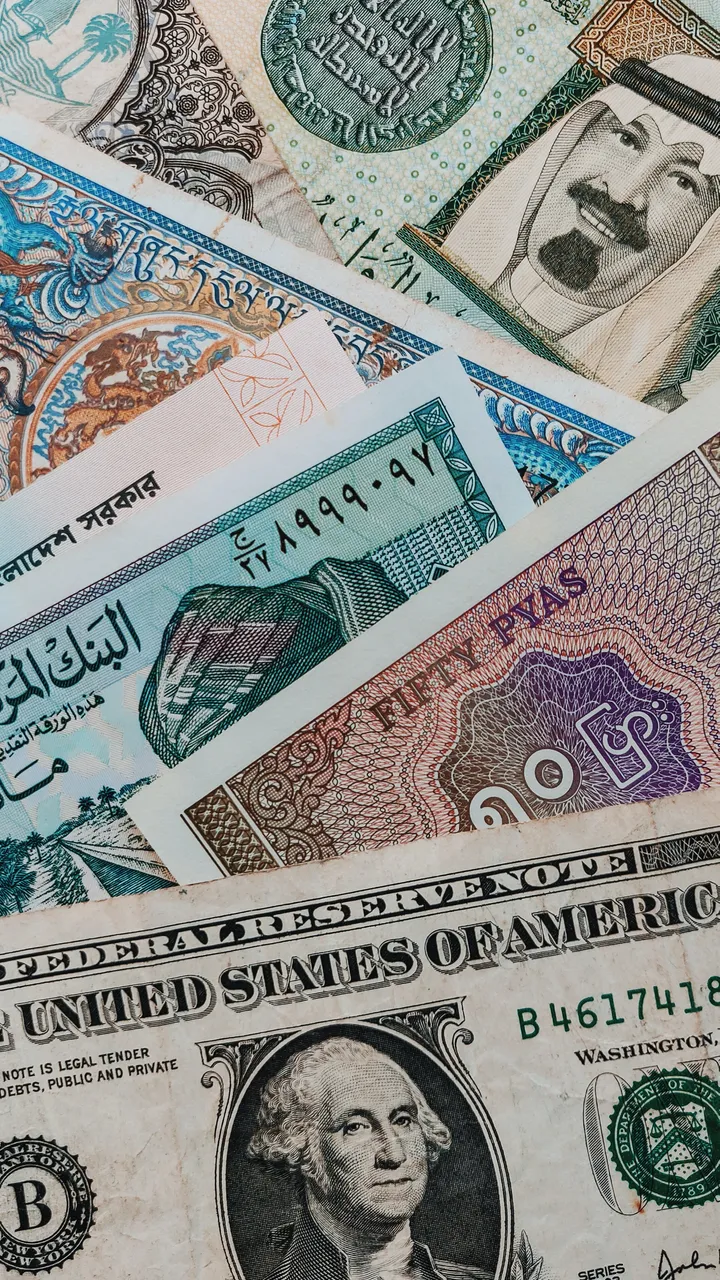
source
Digital - is money that exists electronically in your bank and all other banks around the world. It basically represents the fiat money that is not in banknotes or coins. According to timesofindia.indiatimes.com 92 % of all the money in the world is digital and only 8% is in a physical form.
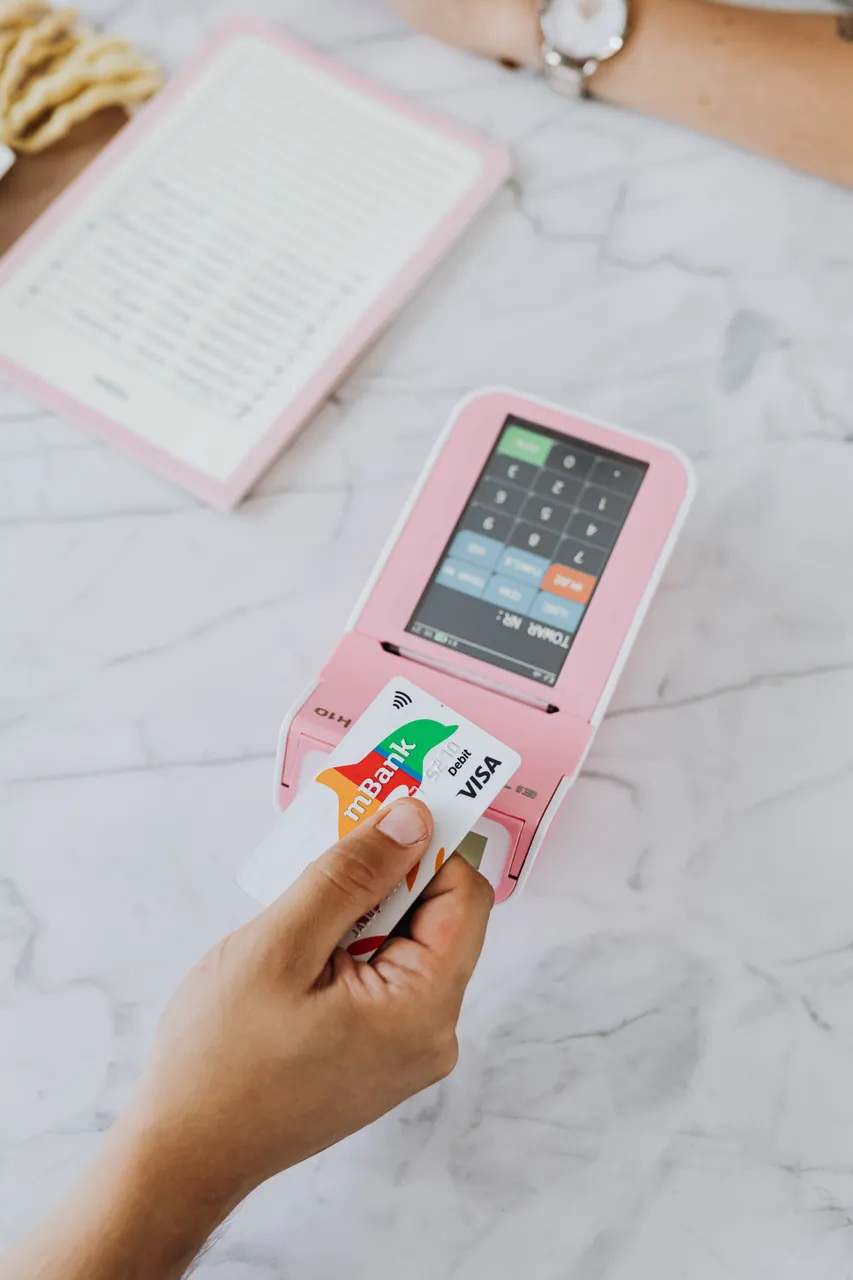
source
Commodity - is money that has intrinsic value, like gold and silver. The intrinsic value that precious metals have is in the fact that they can be and often are used for other things, like jewelry, industrial complexes, computers, art, etc.
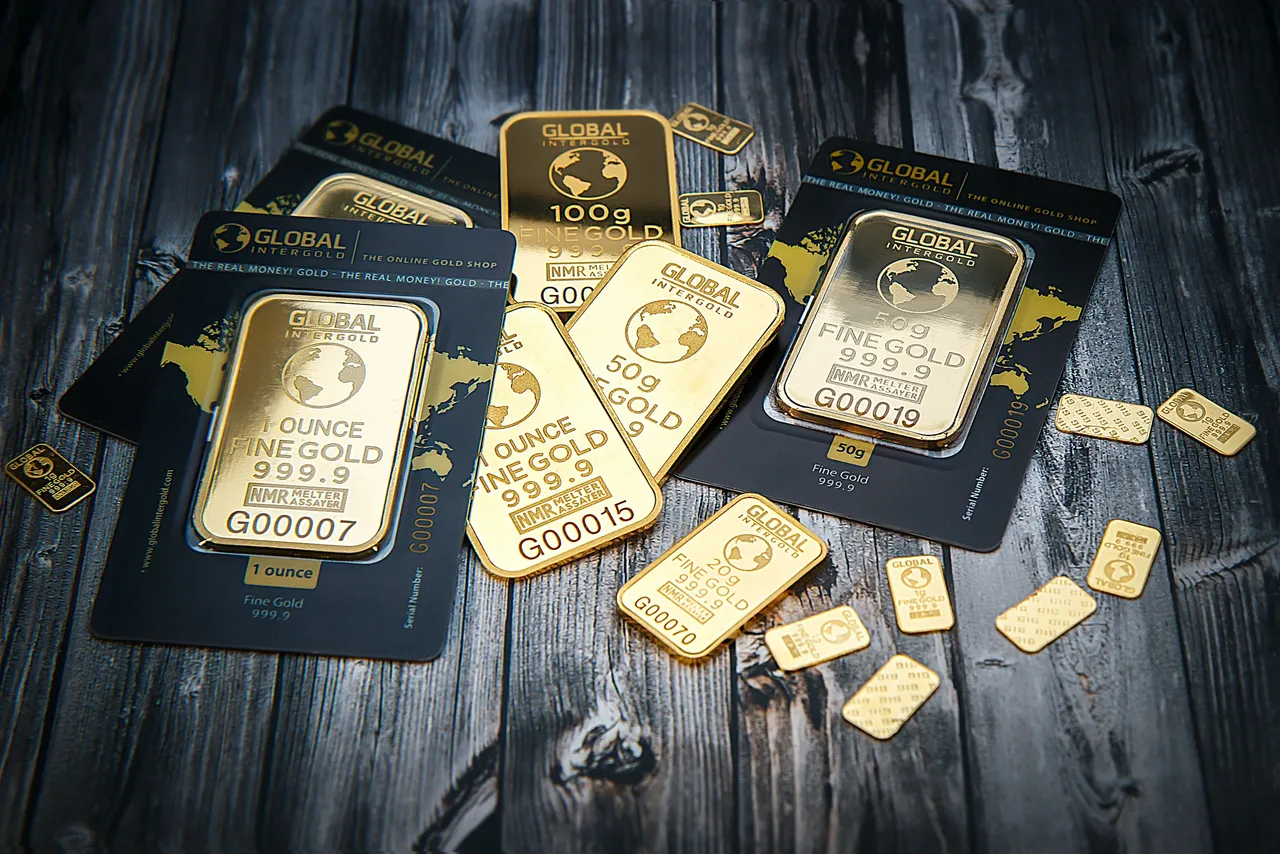
source
Who creates money?
The majority of countries in the world have a central bank and commercial banks. When central banks print fiat money (physical money - banknotes and coins), they have a production cost of paper, ink, metals for the coins, workers, etc.
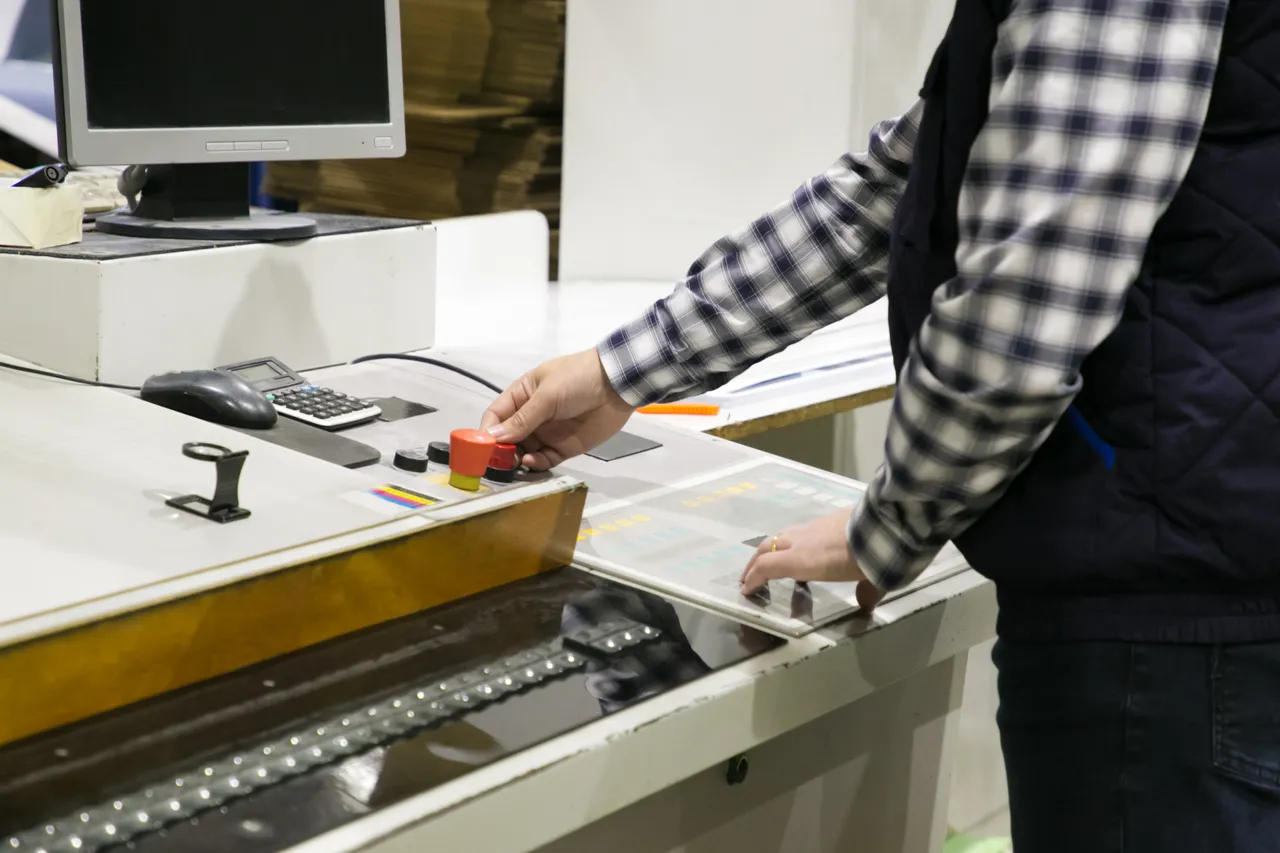
source
Once the product (money) is ready to go to the commercial banks and ATMs, they are sold to them at face value. A banknote of $10, although the production cost might be around 2 or 3 cents, will be sold for $10, and the difference is the profit for the central bank or the national treasury (depending on the country).

source
However, the majority of the digital money is created by the commercial banks. If you want to buy a house or a car you might need a credit or a loan from the bank, but they don’t actually lend you the money. They are making accounting tricks and pretending that you have deposited the money, inventing liabilities and adding money in the circulating supply.

source
Once you repay the loan you took from the bank, they will keep the interests you paid them as profits and remove the existence of the loan and the liability created in their accounting tricks, and only the profits for the bank will remain, and you will have your car or a house.
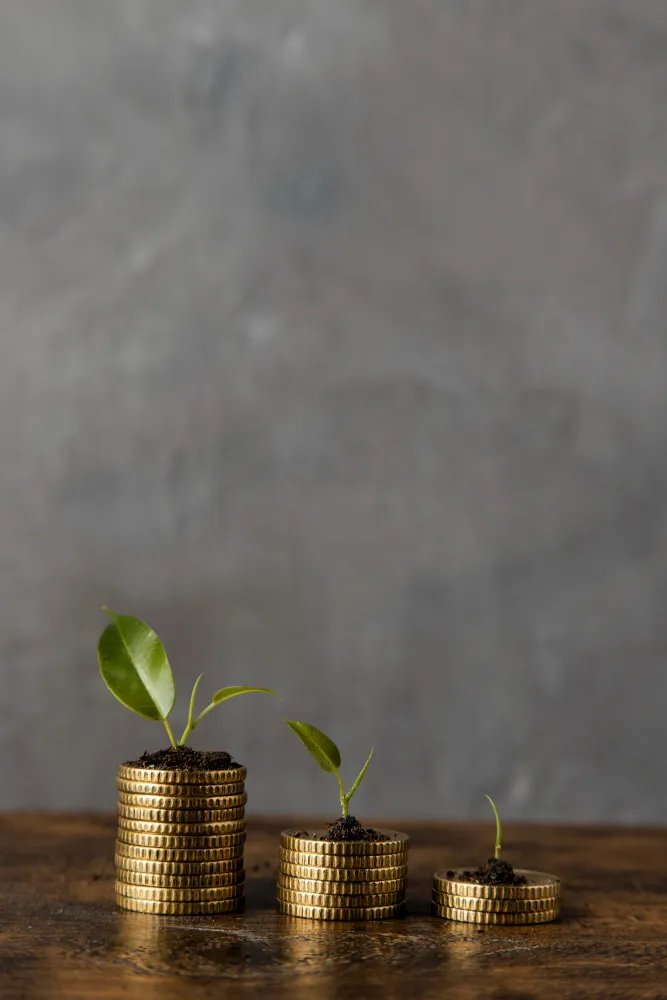
source
The interesting fact is that more than 90% of money that’s created is created in such a way when banks issue money into circulation as loans. Nowadays, it’s the commercial banks that are making a lot of money by creating digital money, since they have no production costs, it is just 0 and 1 on a computer screen.
Who benefits from the creation of money?
Given that banks create money and are the main profiteers from lending it out to individuals and businesses, then when the crisis occurs like the one in 2008. and people as well as banks are no longer able to meet their obligations - they go bankrupt.
When they are too big to fail, they will inevitably be bailed out. If they are not bailed out, it is almost an equivalent of removing a large quantity of money from the money supply which would be an even greater shock to our economy. The ripple effect could be devastating not only for the individual country's economy but also for the rest of the world. And so... the boom and bust cycle continues.
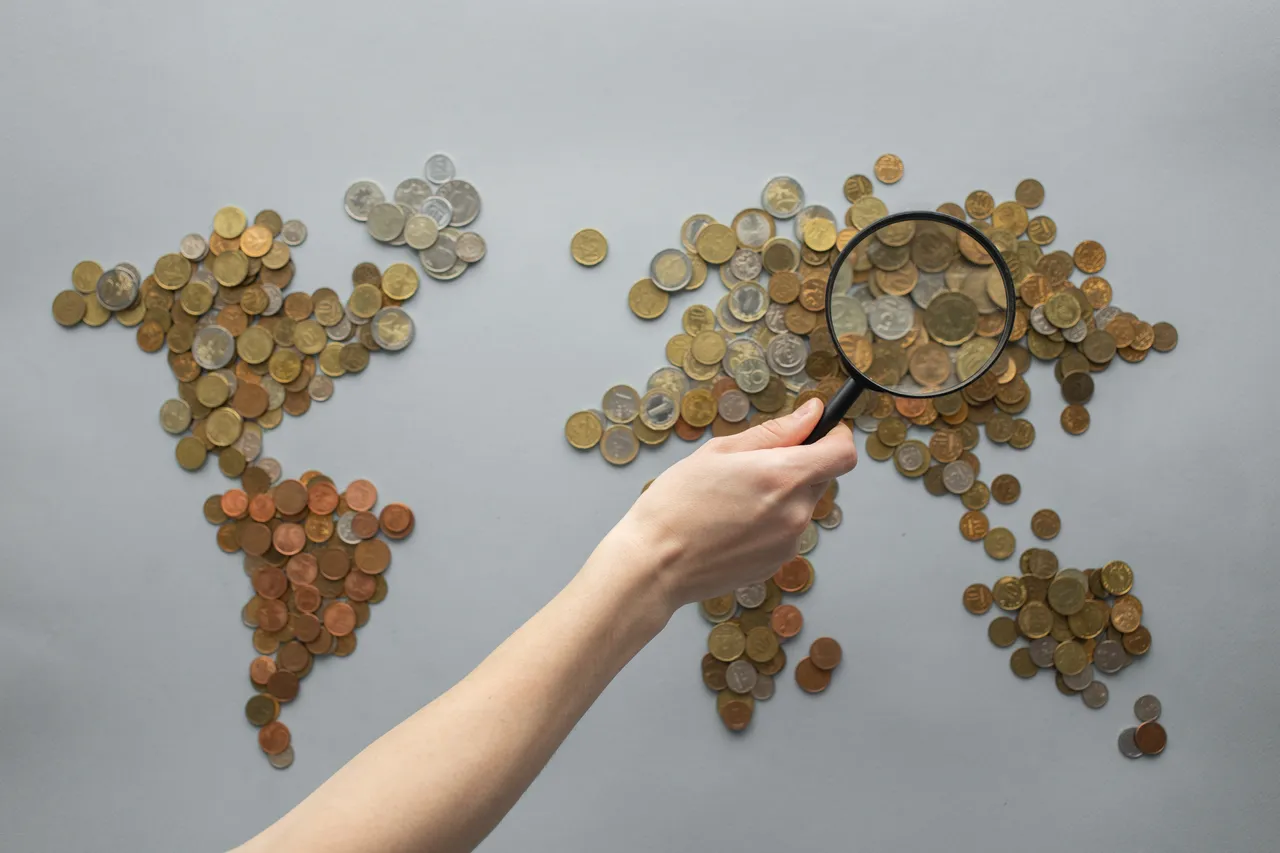
source
What is the solution you might ask? A clear separation of money creation and the activities of banks could be a way out, according to Simon Dixon. Others are suggesting returning to the Gold standard that existed until August 15, 1971., where the dollar was pegged to the gold and you could exchange your banknotes for physical gold.
As long as banks create money, serve it to the businesses and the population, as well as profit from it they will always be incentivized to continue doing so. Therefore they will be the biggest benefactors and beneficiaries at the same time. With that, they have the power to choose who will get a loan and for what purpose, thereby directing the course of the economy.

source
Last but not least, we can’t forget the usefulness money has. Having cash in our pocket or in our bank account makes it very convenient for us to transact in order to buy the goods and services we need in our everyday life.
This article is expressly written for the purpose of education. Nothing in it should be considered as investment advice. I am not a financial adviser. Please do your own research before you decide what to do with your money.
I would like to thank you for taking the time to read this article and I hope you learned something new. If you want to learn more, please follow me for more content like this one.
